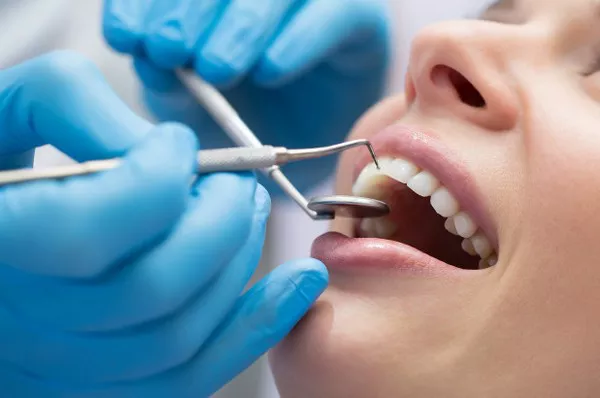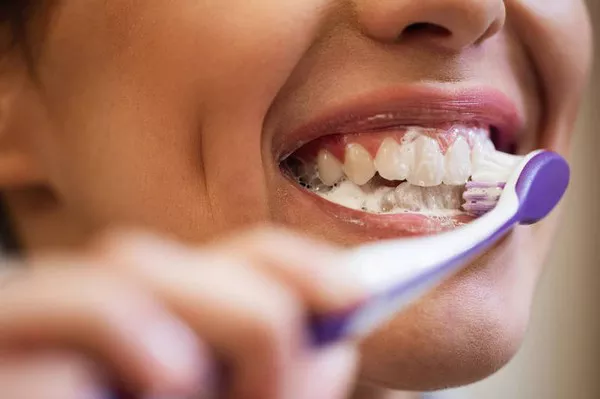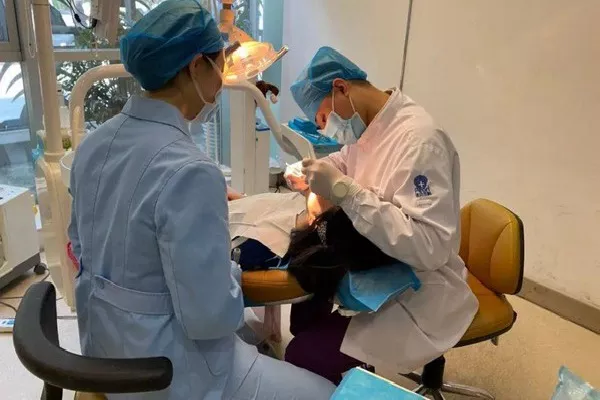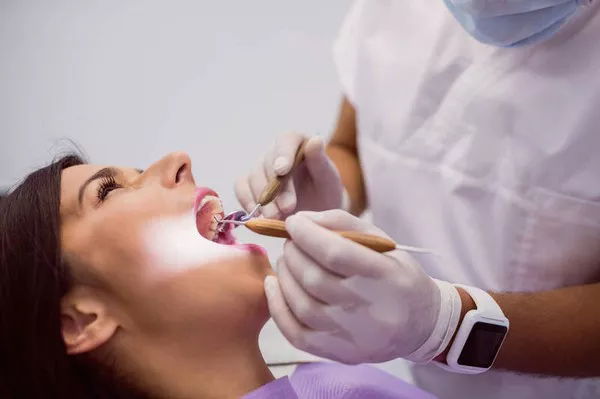Spaces or gaps between teeth, also known as diastemas, can occur for various reasons and can lead to discomfort or sensitivity. While visiting a dentist is the best course of action for addressing the underlying causes of spaces in teeth, there are several strategies you can employ to relieve pain and discomfort associated with these gaps. This article explores common causes of spaces in teeth, provides insights into potential pain relief methods, and emphasizes the importance of professional dental care for comprehensive solutions.
Understanding Spaces in Teeth
Spaces between teeth can result from factors such as genetics, missing teeth, gum disease, and incorrect teeth alignment. When there is a gap between teeth, it can lead to pain, sensitivity, discomfort while eating, and even self-consciousness.
Common Causes of Pain from Spaces in Teeth
Food Impaction: Food particles can get trapped in gaps between teeth, leading to irritation, inflammation, and discomfort. This can cause pain when chewing or biting down on the affected area.
Gum Sensitivity: Gaps between teeth can expose sensitive gum tissue, leading to discomfort when exposed to certain foods or temperatures.
Tooth Sensitivity: Spaces in teeth can result in exposed tooth surfaces that are sensitive to hot, cold, or sweet stimuli.
Shifted Teeth: Gaps between teeth can lead to adjacent teeth shifting out of their proper positions, causing misalignment and potential discomfort.
Relieving Pain from Spaces in Teeth
While seeking professional dental care is essential for addressing the root causes of spaces in teeth, there are several strategies you can employ to relieve pain and discomfort associated with these gaps:
Maintain Excellent Oral Hygiene:
Proper oral hygiene is crucial for preventing food impaction and gum irritation. Brush your teeth thoroughly twice a day and floss daily to remove debris and plaque.
Use Soft-Bristled Toothbrush:
Opt for a soft-bristled toothbrush to prevent gum irritation and minimize discomfort while brushing near the gaps.
Rinse with Warm Saltwater:
Gargling with a warm saltwater solution can help soothe gum irritation and reduce inflammation. Mix half a teaspoon of salt in warm water and rinse your mouth gently.
Avoid Sticky and Hard Foods:
Avoid foods that can exacerbate discomfort, such as sticky candies or hard foods that may get lodged in the gaps.
Over-the-Counter Pain Relief:
Over-the-counter pain relievers like ibuprofen can help alleviate pain and reduce inflammation. Follow the recommended dosage instructions.
Use Dental Wax:
Dental wax can be applied to the affected area to create a barrier between the gap and your mouth’s soft tissues, providing relief from irritation.
Sensitive Toothpaste:
Use a toothpaste specifically designed for sensitive teeth to help alleviate discomfort caused by hot, cold, or sweet stimuli.
Oral Rinses:
Antiseptic oral rinses can help prevent infections and provide relief from gum irritation. Consult your dentist before using any oral rinse.
Cold Compress:
Applying a cold compress to the outside of your cheek near the affected area can help reduce inflammation and provide temporary pain relief.
Seek Professional Dental Care
While the above strategies can provide temporary relief, it’s essential to address the root causes of spaces in teeth with the help of a dental professional. Your dentist can offer tailored solutions such as:
Orthodontic Treatment:
If the gaps are due to misalignment, orthodontic treatment such as braces or aligners can help close the spaces and correct tooth positioning.
Dental Restorations:
Dental crowns, bridges, or implants may be recommended to address missing teeth and close gaps permanently.
Gum Treatment:
If gum disease is causing the spaces, your dentist can recommend periodontal treatment to restore gum health.
Conclusion
In conclusion, pain and discomfort from spaces in teeth can be alleviated through various strategies, including proper oral hygiene, pain relief methods, and protective measures. However, seeking professional dental care is essential for comprehensive solutions that address the underlying causes of the gaps. Your dentist can develop a personalized treatment plan to close spaces, relieve pain, and restore your oral health. By combining at-home strategies with professional guidance, you can experience relief from discomfort and achieve a healthier, more comfortable smile.
Related Topics:






























